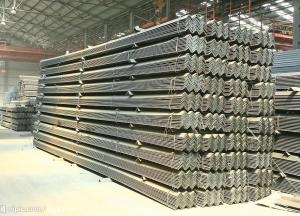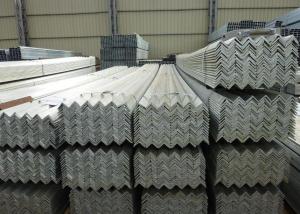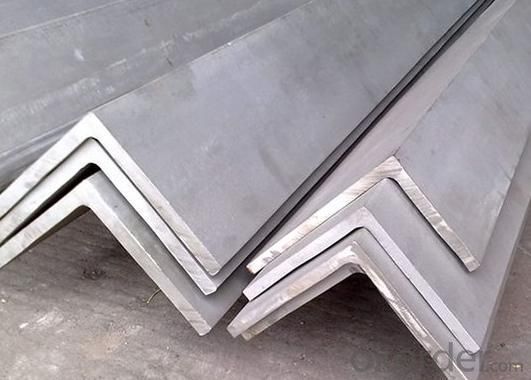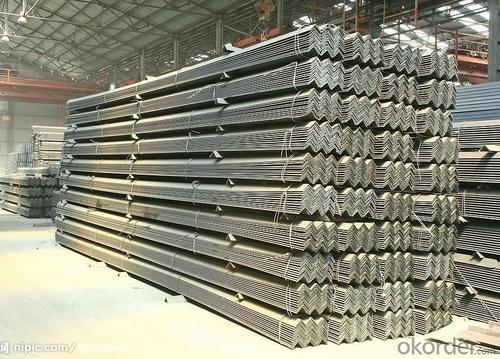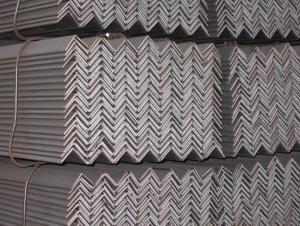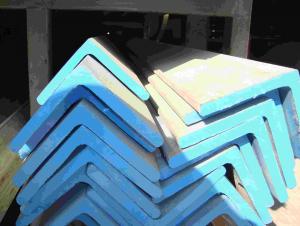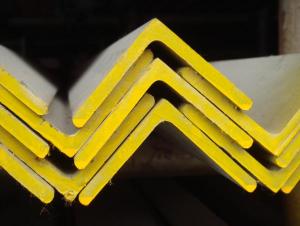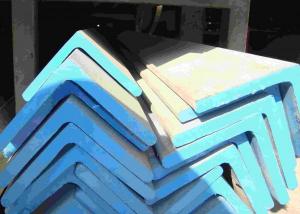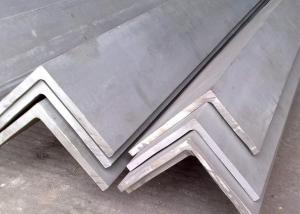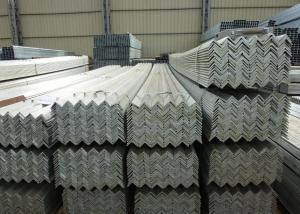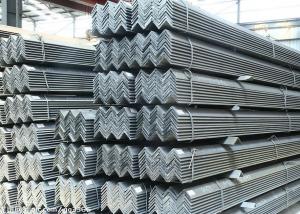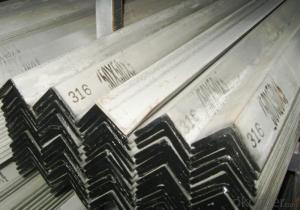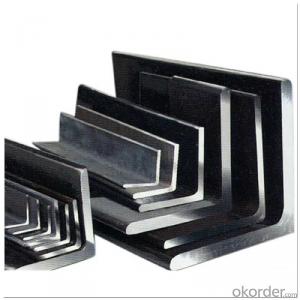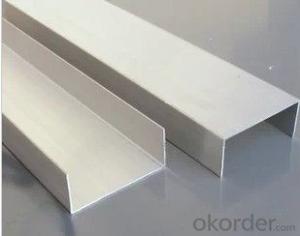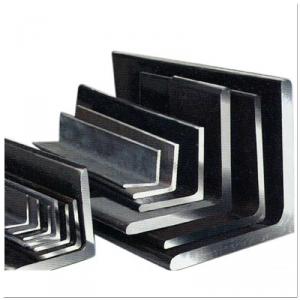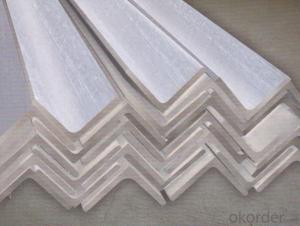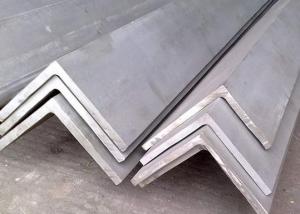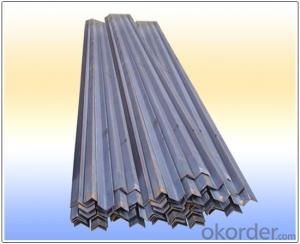1.4301 Stainless Steel Angles
- Loading Port:
- China Main Port
- Payment Terms:
- TT or LC
- Min Order Qty:
- 5 Tons m.t.
- Supply Capability:
- 1000 Tons Per Month m.t./month
OKorder Service Pledge
OKorder Financial Service
You Might Also Like
Stainless Steel Angles
1.Grade: SS200,300,400 series
2.Size: 25×25×3 mm-100×100×10mm
3.Process: HRAP
4. Length: 2-6m
5. Shape: Equal
6. Delivery: within 20 days
7. MOQ: 1 ton
8. Certificate: ISO 9001:2008, SGS
9. Package:Standard Export Packing, or put into wooden boxes according to your
requirement
10. Application: Construction, Marine, Industry and so on
|
Name |
Stainless Steel Angles | ||||||
|
Standard |
ASTM A554, A312, A249, A269 and A270 | ||||||
|
Material Grade |
304,316,201,202, 316L,430 | ||||||
|
Length |
6m or as customers' request | ||||||
|
Tolerance |
a) thickness: +/-0. 15mm | ||||||
|
| |||||||
|
b) Length:+/-4. 5mm - 0mm | |||||||
|
Surface |
180G, 320G, 400G Satin / Hairline(Matt Finish, Brush, Dull Finish) 400G, 500G, 600G or 800G Mirror finish | ||||||
|
Application |
Decoration construction, upholstery, industry instruments | ||||||
|
Test |
Squash test, Extended test, Water pressure test, Crystal rot test, Heat treatment, NDT | ||||||
|
Chemical Composition of Material |
Composition
Material |
201 |
202 |
304 |
316L |
430 | |
|
C |
≤0.15 |
≤0.15 |
≤0.08 |
≤0.08 |
≤0.12 | ||
|
Si |
≤1.00 |
≤1.00 |
≤1.00 |
≤1.00 |
≤1.00 | ||
|
Mn |
5.5-7.5 |
7.5-10 |
≤2.00 |
≤2.00 |
≤1.00 | ||
|
P |
≤0.06 |
≤0.06 |
≤0.045 |
≤0.045 |
≤0.040 | ||
|
S |
≤0.03 |
≤0.03 |
≤0.030 |
≤0.030 |
≤0.030 | ||
|
Cr |
16-18 |
17-19 |
18-20 |
16-18 |
16-18 | ||
|
Ni |
3.5-5.5 |
4-6 |
8-10.5 |
10-14 |
| ||
|
Mo |
|
|
|
2.0-3.0 |
| ||
|
Mechanical Property |
Material Item |
201 |
202 |
304 |
316L | ||
|
Tensile Strength |
≥535 |
≥520 |
≥520 |
≥520 | |||
|
Yield Strength |
≥245 |
≥205 |
≥205 |
≥205 | |||
|
Extension |
≥30% |
≥30% |
≥35% |
≥35% | |||
|
Hardness (HV) |
<253 |
<253 |
<200 |
<200 | |||
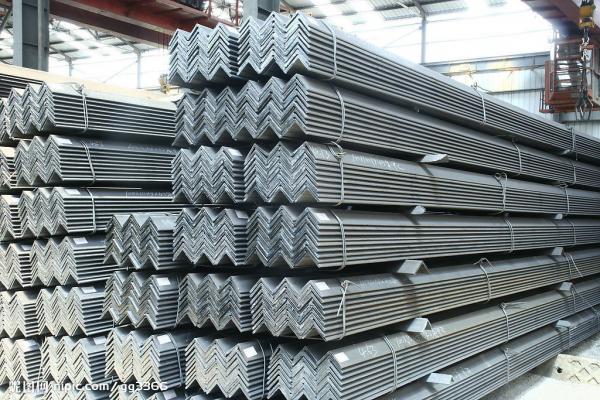
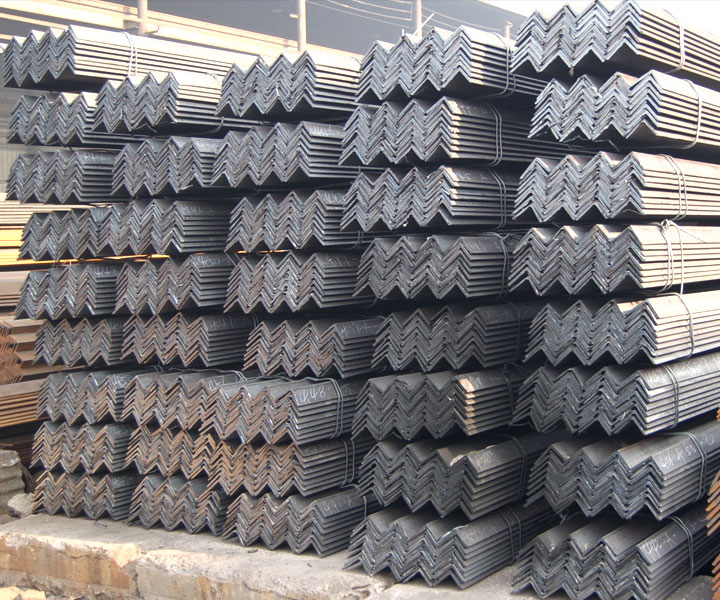
- Q: How do stainless steel angles contribute to sustainability efforts in the construction industry?
- Stainless steel angles contribute to sustainability efforts in the construction industry in several ways. Firstly, stainless steel is a highly durable material that has a long lifespan, reducing the need for frequent replacements or repairs. This reduces the overall environmental impact associated with the production and disposal of construction materials. Additionally, stainless steel is 100% recyclable, meaning that at the end of its useful life, it can be easily recycled into new products, further reducing waste and conserving resources. Moreover, stainless steel is resistant to corrosion, which means it requires less maintenance and upkeep over time, resulting in fewer chemicals and resources being used for maintenance purposes. Finally, stainless steel is an excellent choice for sustainable construction practices due to its high strength-to-weight ratio, allowing for lighter and more efficient structures, reducing energy consumption during construction and transportation. Overall, the use of stainless steel angles in construction promotes sustainable practices by reducing waste, conserving resources, and minimizing environmental impact.
- Q: What is the coefficient of friction of stainless steel angles?
- The coefficient of friction of stainless steel angles can vary depending on various factors such as the surface finish, lubrication, and the materials it is in contact with. Generally, stainless steel has a low coefficient of friction compared to other materials, making it relatively slippery. However, without specific details regarding the specific angle and the conditions in which it is being used, it is difficult to provide an exact coefficient of friction value. It is recommended to consult engineering reference materials or conduct friction tests under specific conditions to determine the coefficient of friction for a particular stainless steel angle.
- Q: What are the different surface treatments for anti-stain stainless steel angles?
- Anti-stain stainless steel angles offer various surface treatments to enhance their corrosion resistance and stain resistance properties, making them suitable for different applications. Passivation, a common treatment, involves the use of an acid solution to eliminate any free iron or contaminants from the surface. This process results in the creation of a protective oxide layer that acts as a barrier against corrosion and staining. Another option is electropolishing, which employs an electrochemical process to remove a thin layer of material from the surface. This treatment not only enhances the appearance and finish but also improves corrosion resistance and stain resistance. Moreover, certain stainless steel angles can undergo PVD coating, where a thin layer of materials such as titanium nitride or chromium nitride is deposited onto the surface. These coatings not only add an attractive color but also enhance stain resistance and durability. Additionally, powder coating can be used on some stainless steel angles. This involves applying a dry powder to the surface, which is then heated and cured to form a durable and tough coating. Powder coating offers excellent stain resistance and allows customization in terms of color and finish. It's important to consider that the choice of surface treatment may vary depending on specific application requirements. Therefore, consulting with a stainless steel expert or supplier is recommended to determine the most suitable treatment for anti-stain stainless steel angles in a particular situation.
- Q: How does stainless steel angle perform in extreme temperature variations?
- Stainless steel angle performs exceptionally well in extreme temperature variations. One of the key properties of stainless steel is its ability to withstand both high and low temperatures without compromising its structural integrity. This is due to its unique composition, primarily consisting of iron, chromium, and nickel, which provides it with excellent heat resistance. In high-temperature environments, stainless steel angle can resist oxidation and maintain its strength. The chromium content in stainless steel forms a protective oxide layer on its surface, shielding it from corrosion and preventing the steel from weakening. This makes stainless steel angle suitable for various applications that involve exposure to extreme heat, such as industrial furnaces, exhaust systems, and high-temperature processing equipment. On the other hand, stainless steel angle also performs well in low-temperature conditions. It retains its toughness and ductility even at freezing temperatures, making it suitable for applications in industries like cryogenics, refrigeration, and cold storage. Stainless steel's resistance to brittleness and its ability to maintain its mechanical properties at low temperatures ensure its reliability and durability in extreme cold environments. Overall, stainless steel angle is a reliable choice for applications that require withstanding extreme temperature variations. Its exceptional heat resistance and ability to maintain its structural integrity in both high and low temperatures make it a versatile material in various industries.
- Q: Can stainless steel angles be used in pharmaceutical applications?
- Yes, stainless steel angles can be used in pharmaceutical applications. Stainless steel is a popular choice in the pharmaceutical industry due to its excellent corrosion resistance, durability, and hygienic properties. It is easy to clean and maintain, making it suitable for environments that require strict cleanliness and sanitation. Stainless steel angles are commonly used in pharmaceutical equipment and machinery, such as mixers, reactors, and storage tanks. The angles provide structural support and stability to the equipment, ensuring efficient and safe operation. Additionally, stainless steel is non-reactive with most pharmaceutical compounds, making it a reliable choice for handling and storing various drugs and chemicals. Overall, stainless steel angles are a suitable material for pharmaceutical applications due to their strength, corrosion resistance, and hygienic characteristics.
- Q: What are the different surface treatments for anti-slip stainless steel angles?
- To enhance the slip resistance of anti-slip stainless steel angles, there are various surface treatments available. One such treatment involves creating a textured surface through methods like etching or laser engraving. This method generates raised bumps or grooves on the angle's surface, which improves grip and prevents slips. Another possibility is applying a non-slip coating or paint designed specifically to provide traction on smooth surfaces like stainless steel. These coatings come in different colors and finishes to cater to different aesthetic preferences. Some anti-slip stainless steel angles may also feature a serrated or perforated surface. Serrations refer to small grooves or notches cut into the surface, while perforations are small holes punched into the material. Both of these features increase friction and enhance grip, thereby improving slip resistance. Additionally, some stainless steel angles may undergo passivation, a process that involves treating the surface with a chemical solution to eliminate contaminants and impurities. This not only enhances the stainless steel's corrosion resistance but also contributes to better grip by ensuring a clean and smooth surface. When selecting a surface treatment for anti-slip stainless steel angles, it is crucial to consider the specific requirements of the application, as well as factors like aesthetic preferences and budget constraints. It is advisable to carefully evaluate the desired level of slip resistance and seek guidance from experts or manufacturers to determine the most suitable surface treatment option.
- Q: Are stainless steel angles corrosion resistant?
- Stating that stainless steel angles possess corrosion resistance, one highlights their ability to withstand the damaging effects of corrosion. This resilience is attributed to the presence of chromium in the stainless steel alloy, which, upon exposure to oxygen, forms a protective layer known as the passive layer on the metal's surface. As a result, the underlying metal remains unharmed and shielded from corrosion. Given their exceptional resistance to corrosion, stainless steel angles find extensive application in environments where corrosion is a prevailing concern, such as marine and industrial settings. Consequently, their durability and longevity are guaranteed, even in the face of adverse conditions.
- Q: How are stainless steel angles used in construction?
- Stainless steel angles are commonly used in construction for various applications. They are primarily used for structural support and reinforcement, providing stability and strength to building structures. Stainless steel angles are used to create frames, supports, and braces for walls, beams, columns, and other load-bearing components. They are also utilized for architectural detailing, such as corner protectors, decorative trim, and door and window frames. Additionally, stainless steel angles offer resistance to corrosion, making them suitable for outdoor and high-moisture environments.
- Q: Can stainless steel angles be used in the production of pharmaceutical processing equipment?
- Stainless steel angles have the capability to be utilized in the manufacturing of pharmaceutical processing equipment. The pharmaceutical industry favors stainless steel as a prime option for equipment production due to its remarkable resistance to corrosion, long-lasting nature, and hygienic attributes. The inclusion of stainless steel angles in the equipment provides vital structural support and stability, guaranteeing the equipment's dependability and safety over an extended period. Furthermore, stainless steel is effortless to clean and maintain, which is of utmost importance in upholding exceptional levels of cleanliness and sterility during pharmaceutical processing. Consequently, stainless steel angles are frequently employed in the construction of pharmaceutical processing equipment.
- Q: Can stainless steel angles be cold worked?
- Stainless steel angles have the capability to undergo cold working procedures. Cold working involves modifying or reshaping the dimensions of a metal at room temperature or below its recrystallization temperature. Stainless steel, renowned for its exceptional strength and resistance to corrosion, can undergo cold working through various methods like bending, forming, rolling, or punching. However, it is crucial to acknowledge that the extent to which stainless steel angles can be cold worked might rely on the precise grade of stainless steel employed. Certain grades may exhibit greater vulnerability to cracking or tearing during cold working, whereas others may display higher malleability and ease of shaping. Consequently, it is advisable to refer to the manufacturer's guidelines or seek advice from a metallurgical expert to ascertain the suitable cold working techniques for the specific grade of stainless steel angle in use.
1. Manufacturer Overview
| Location | Jiangsu, China |
| Year Established | 2010 |
| Annual Output Value | above US$3 million |
| Main Markets | East Asia, Middle East. |
| Company Certifications |
2. Manufacturer Certificates
| a) Certification Name | |
| Range | |
| Reference | |
| Validity Period |
3. Manufacturer Capability
| a) Trade Capacity | |
| Nearest Port | Shanghai |
| Export Percentage | 50% |
| No.of Employees in Trade Department | above 10 people |
| Language Spoken: | English, Chinese |
| b) Factory Information | |
| Factory Size: | about 50000 square meter |
| No. of Production Lines | above 3 |
| Contract Manufacturing | OEM Service Offered |
| Product Price Range | Average |
Send your message to us
1.4301 Stainless Steel Angles
- Loading Port:
- China Main Port
- Payment Terms:
- TT or LC
- Min Order Qty:
- 5 Tons m.t.
- Supply Capability:
- 1000 Tons Per Month m.t./month
OKorder Service Pledge
OKorder Financial Service
Similar products
Hot products
Hot Searches
Related keywords
